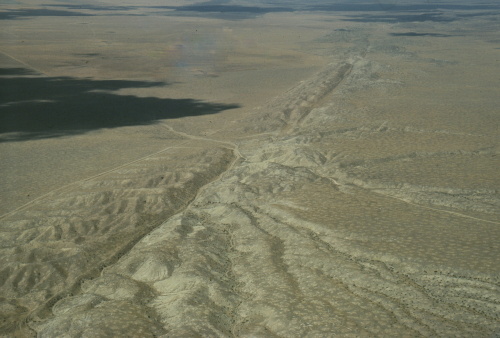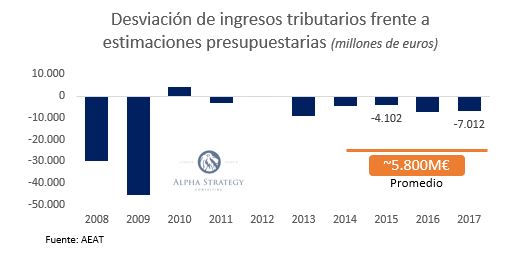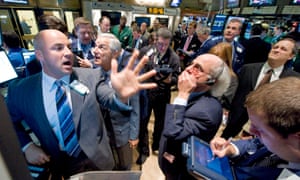
Do not waste one more second of your time on this earth, for the insects are all dying, and the ice caps are vanishing, and the oceans are filling with plastic.
This could all be gone very soon, so don’t waste it. Don’t take any part of the crackling miraculousness of this cacophony for granted, because there are missiles being targeted, and there are vast battle plans being drawn. You could look outside your window tomorrow morning and see a mushroom cloud on the horizon, and you will regret letting life’s preciousness slip through your fingers.
We do not like to think about death. We say, “I will think about death some other day. Today I must busy myself with mental chatter about nonsense and the avoidance of feeling my feelings. I would love to stare into the white skull of the human condition, but my schedule is chock full of escapism.” We push death aside, and push death aside, and push death aside. And then, one day, death pushes us aside.
One way or another, the end is coming. But if you truly, deeply engage here, you can live more life in a week than most people live in an entire lifetime. By that I do not mean that you can have more experiences, I just mean that you can experience far more moments with far more depth and clarity than someone who’s just drifting through life on autopilot. One week fully and consciously appreciated contains more lived life than an entire stay in this world from cradle to grave when it is taken for granted.
And of course you will also have far more amazing experiences than someone who isn’t directly interfacing with the moment.
…click on the above link to read the rest of the article…















